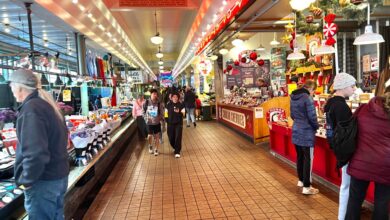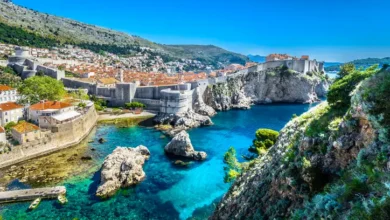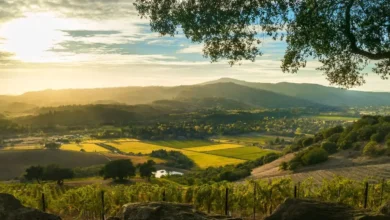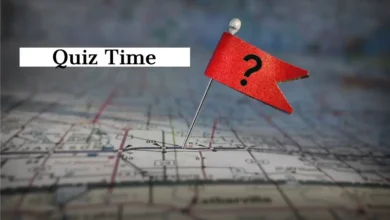24 BEST Things to Do in Sofia in 2024
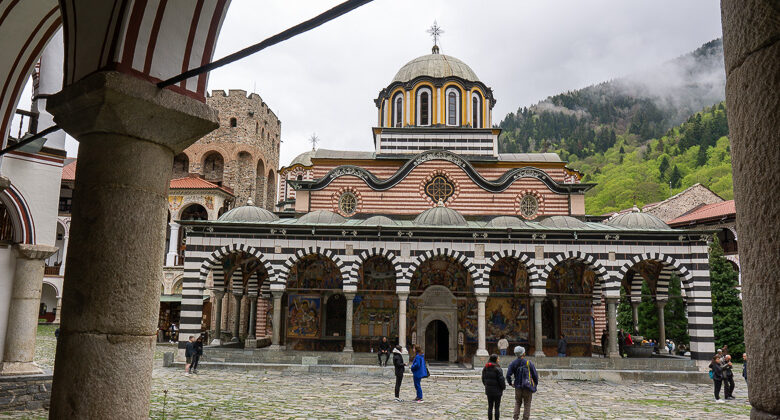
Being the capital, Sofia is one of the best places to visit in Bulgaria. This city is packed with culture, history, architecture and amazing people.
There’s plenty of fantastic things to do in Sofia ranging from churches and mosques to beautiful, scenic locations. Exploring the sights in the city center are a must-do for everyone visiting Sofia.
Following this, we reckon it’s a good idea to head out on day trips depending on how much time you have remaining.
Rila Monastery and Vitosha Mountain are the obvious picks, but Belogradchik is another breathtaking option. You can even visit Plovdiv from Sofia if you aren’t already planning to spend some nights there.
Things to Do in Sofia
1. Visit Alexander Nevsky Cathedral
It should come as no surprise that the incredible Alexander Nevsky Cathedral is at the top of this list. This Eastern Orthodox cathedral was completed in 1912 and built as a tribute to the Russian soldiers who died in the Russo-Turkish War of 1877-1878.
This was a particularly pivotal war for Bulgaria as these soldiers fought and died to liberate Bulgaria from the reign of the Ottoman Empire, returning Bulgaria to the people who live there.
The cathedral is monumental, standing 53m high with a capacity of 5,000 worshippers; we were told it was the largest Eastern Orthodox cathedral in the world until the year 2,000 when the Serbs bought a larger one.
Entrance to the Alexander Nevsky Cathedral is absolutely free and it is a must-visit for anyone exploring Sofia.
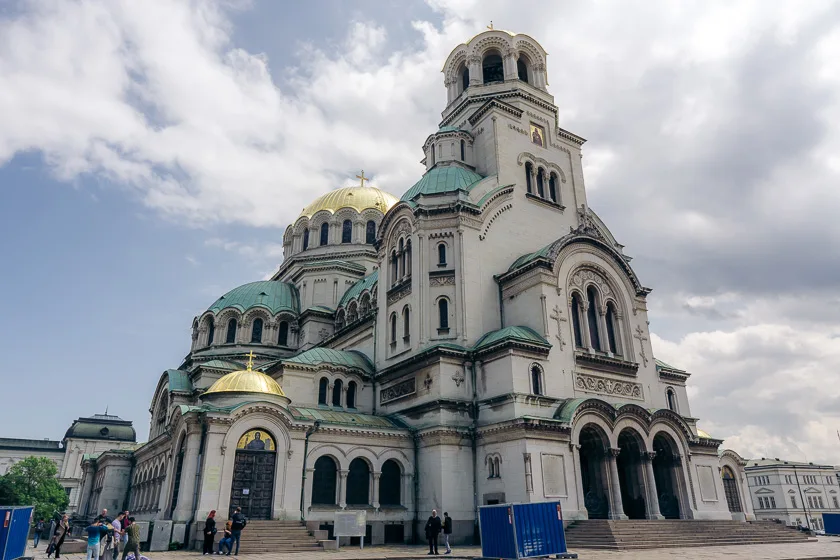
2. Take a Day Trip to Rila Monastery
Being such a small country, there are a lot of achievable day trips from Sofia. Visiting the Rila Monastery is the most popular one and we’d recommend it as the most important day trip. If you have more time, of course, you can check out some others but look into doing this one first.
Unfortunately, getting to Rila Monastery is just about impossible by public transport, especially if you wish to explore the nearby lakes. It is a roughly two hour drive so your best bet is to book a tour that includes the 7 Rila Lakes as well. We recommend this popular one which takes 12 hours and is pretty cheap. Make sure to check that the chairlift is operating for the lakes.
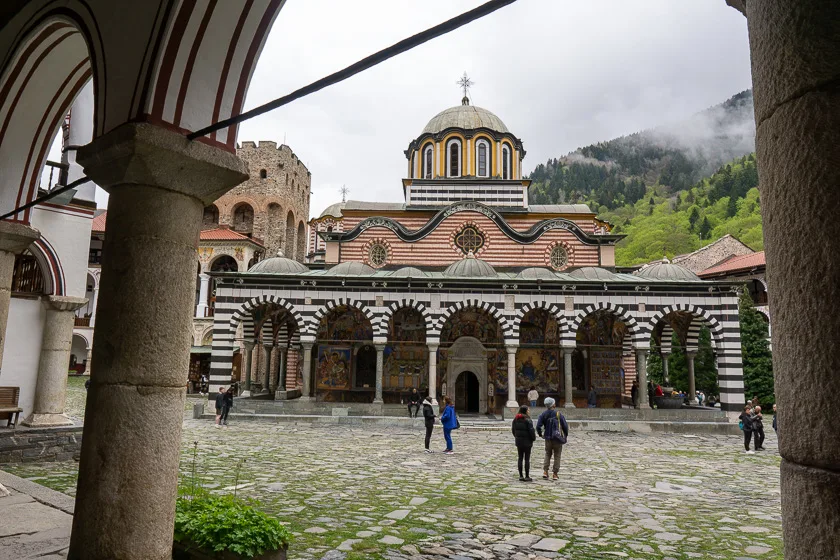
The monastery itself is a pivotal part of Bulgaria’s history, having been built around 1,000 years ago by the students of the hermit Ivan of Rila, who the monastery was named after.
It is also a UNESCO world heritage site, however, many people visit to see the unique designs of the buildings, particularly for their striped paintwork. This makes it one of the most impressive and unique monasteries in the region, as well as one of the most important historically.
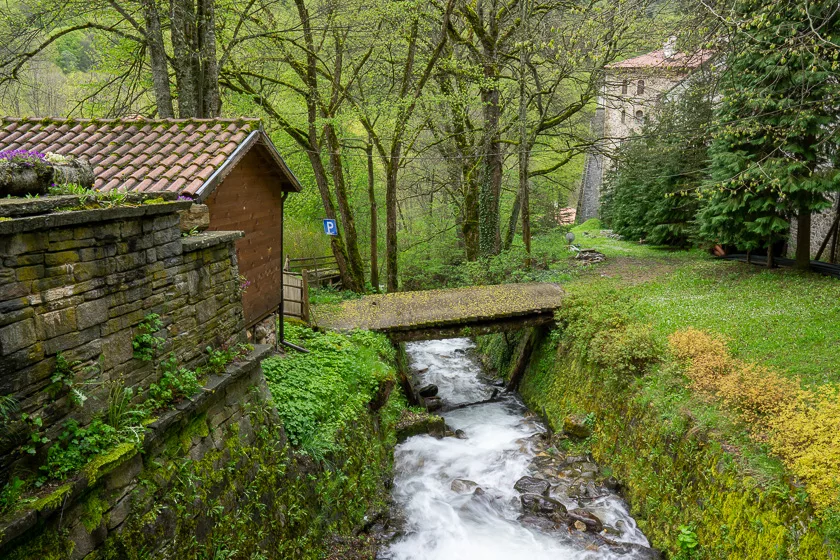
If you’re on a budget, or the lakes are inaccessible (this happens outside of Summer), then this is the best tour. It is really cheap as it combines Boyana Church with Rila Monastery, but skips the Rila Lakes. We reckon the lakes are worth the extra cost if you can afford it, though.
Top Travel Tip!
We’ve been using Wise travel card to pay for EVERYTHING while we travel all around the world! Trust me, it’s better than your bank card and it costs less than $10 then it’s free forever.
3. See the Regional History Museum aka Central Mineral Baths
The Central Mineral Baths were originally, as the name suggests, the place where residents headed when they needed a bath. It was used up until 1986, however, from the early 20th century it became increasingly common for people to have water plumbed into their houses, reducing the need to head out for a bath.
These days, don’t bring your towel when visiting the baths. They’ve since been converted into the Regional History Museum which is a fantastic museum displaying the history of Bulgaria.
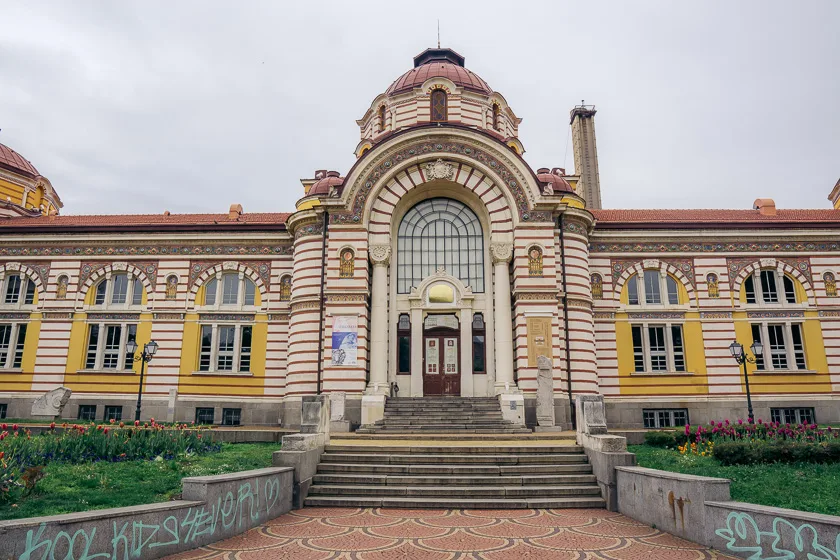
4. Visit the Saint Sofia Church
Located next to the much more famous Alexander Nevsky Cathedral, the Saint Sofia Church is the oldest church in Sofia dating back to the 4th century.
Interestingly, there was a statue of Saint Sofia erected in the city by the Bulgarian government which incorrectly assumed the city was named after the Saint. Instead, the city was named after the Saint Sofia Church.
This is because many people visiting Sofia, known as Serdika at the time, were actually visiting the Saint Sofia Church and the name became essentially synonymous with the city so they decided to change it.
As a result, everyone hates the statue in Sofia, but they love the church and we can see why.
5. Hike to Boyana Waterfall
The Boyana Waterfall is a scenic waterfall located on Mount Vitosha. It is easy to take public transport to the starting point of the hike at the foot of the mountain here.
We found the hike to the top somewhat challenging and the footing quite slippery without hiking boots but absolutely do-able in May. The waterfall itself is beautiful and the park is peaceful and tranquil.
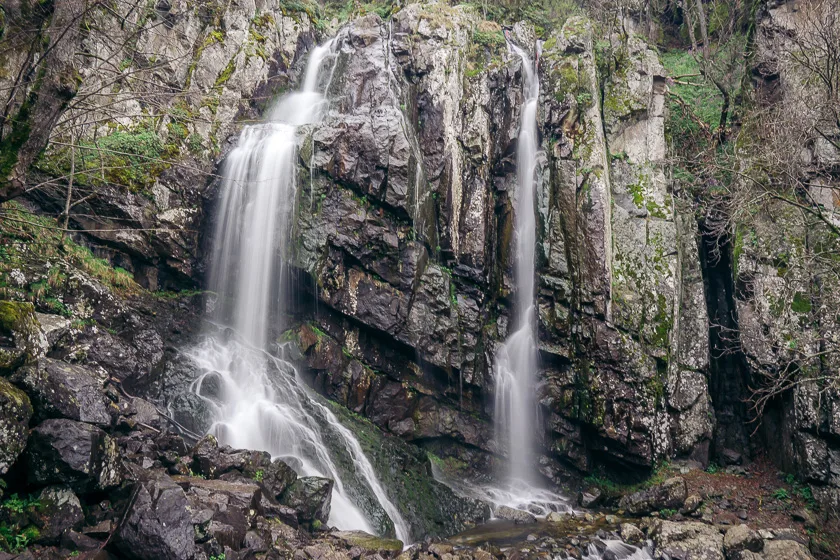
6. Explore the Ancient Serdica Archaeological Complex
When the council was digging the tunnel for the Sofia subway they came across ruins from the ancient city of Serdica. Construction of the tunnel was paused to allow archeologists to excavate the ruins, unveiling what you can see today.
The ruins date back to the 2nd Century and it’s cool how you can see them preserved, for free, as you walk through the train station.
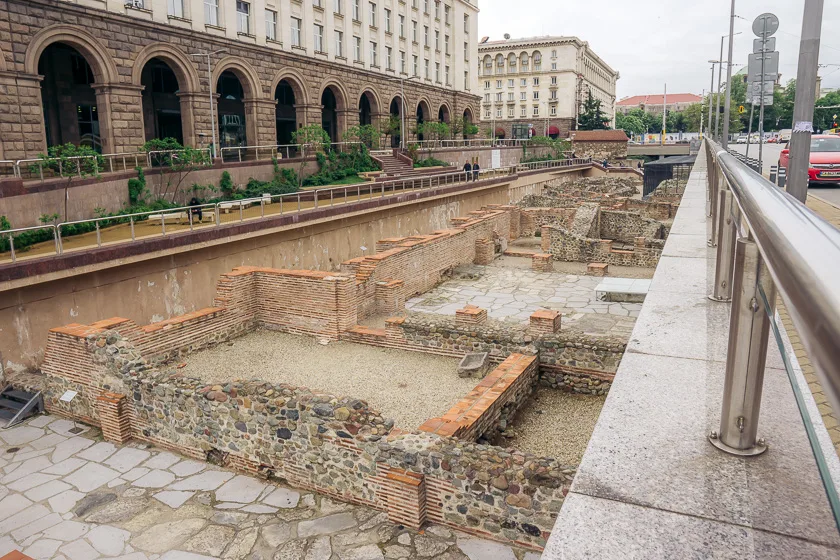
7. Sit Inside the Banya Bashi Mosque
During the Ottoman rule of Sofia the Banya Bashi Mosque was constructed. There was once hundreds of mosques around Sofia, however now it is the only functioning mosque in Sofia as most of the country has converted to Orthodox Christianity.
It is an imposing construction, standing tall in the middle of town and made entirely out of bricks. The name Banya Bashi translates to ‘many baths’, likely due to its location on top of natural thermal spas.
The Banya Bashi Mosque is free to visit outside of prayer times. Remember to wear a head covering if you’re female and both men and women should dress conservatively.
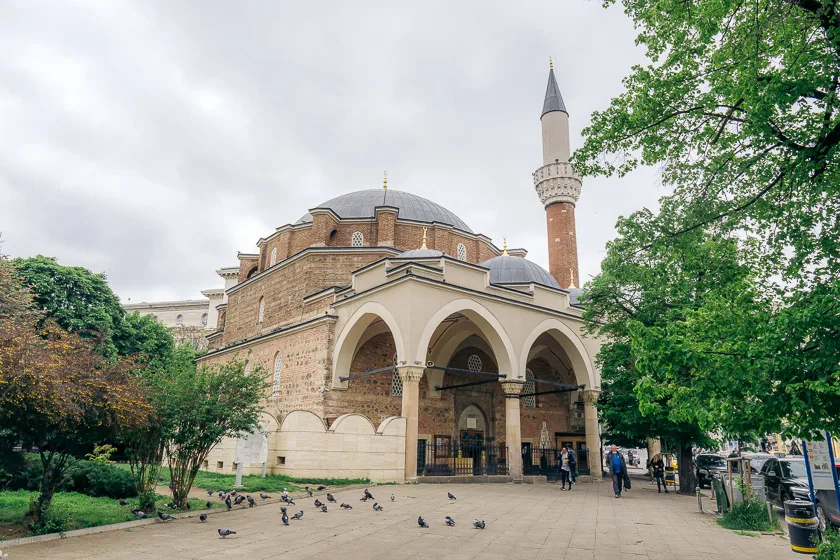
8. Head to the Belogradchik Rocks
The Belogradchik rocks are actually a 3-hour drive from Sofia so they don’t really constitute one of the best things to do in Sofia, but they are one of Bulgaria’s natural wonders and technically reachable within one very long day.
These naturally formed sandstone rocks are impressive and perfect for letting your imagination run wild. Belogradchik Fortress is located near the rocks and uses them as a part of its unique fortifications.
Getting here from Sofia is only really possible on a day trip such as this one which takes 10 hours and includes transport, guide and entrance fees.
9. Attend a Free Walking Tour
In our opinion, one of the best things to do in Sofia is to attend one of the Free Sofia Walking Tours held three times a day. You can find the location on Google Maps here and you can check their website for the times as they change occasionally.
The great part is that in just two hours you will be able to tick off a lot of the activities on this list alongside a knowledgeable tour guide who we found to be amazing.
It’s worth noting that these tours are not actually free – something which we find a bit misleading. There is also some controversy around the ethics of free walking tours in general, however, we found this tour to be fantastic so we have to recommend it regardless.
When it comes to tipping you should tip what you think the tour was worth. No one ever really knows the right amount, but most people tip around $10 BGN, with a few people tipping more, less or not at all.
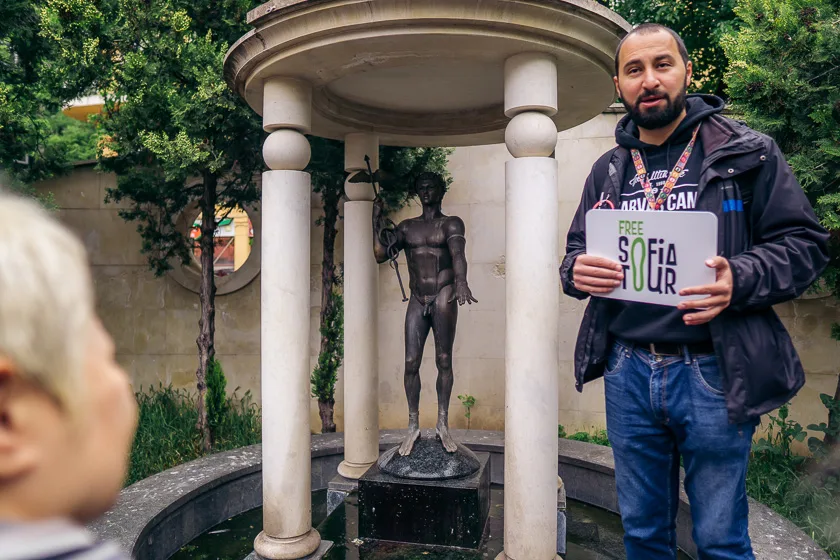
10. Admire the National Palace of Culture
One of the most impressive buildings in Sofia is the National Palace of Culture. There’s no need to go inside (unless you are attending a show), but we reckon it’s well worth walking to the end of Vitosha Boulevard to admire the architecture.
11. See the St. George Rotunda Church
The St George Rotunda Church was built in the early 4th Century by emperor Constantine the Great. He was known to love Serdika, now Sofia, so much that he considered making it the capital instead of Constantinople.
He visited Sofia often to enjoy his baths so he decided to build a church right next to them – the St. George Rotunda Church.
Walk past the baths and view the church, consider wandering inside to see the well-preserved interior. If you’re doing the free walking tour it will take you past this location.
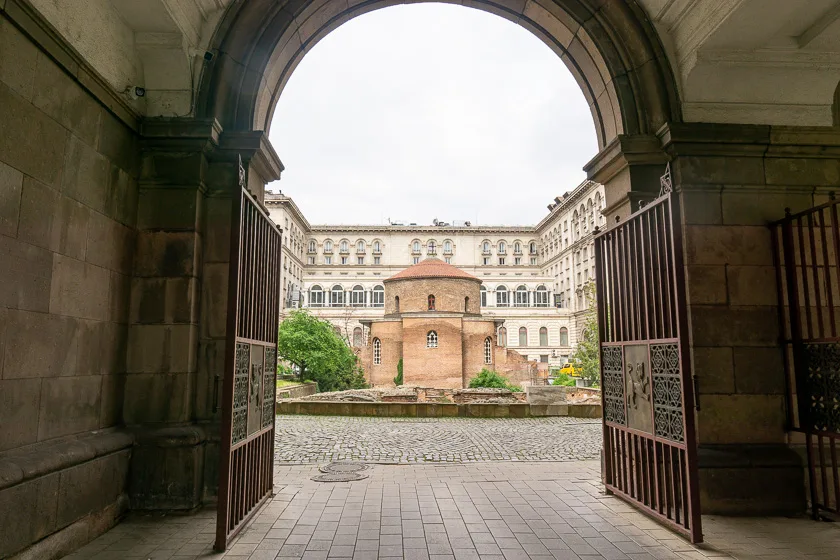
12. Climb or Go Skiing on Mount Vitosha
Everyone visiting Sofia should get to experience the mountain that means so much to the city. If you’re travelling during summer there are miles of tracks around Mount Vitosha that offer commanding views over the region.
If you’re visiting during winter, which we’re hoping to do one day, you can head up Mount Vitosha to go skiing or snowboarding. The resort looks affordable and the city is super close meaning you can stay in Sofia, enjoy all the restaurants and amenities of a big city then head up the mountain during the days.
13. Visit Sveta Nedelya Church
At one end of the famous Vitosha Boulevard you’ll come across the Sveta Nedelya Church. You’ll see it at any point as you walk down Vitosha Boulevard.
Like most churches in Sofia, it is an Eastern Orthodox Cathedral that dates back to the 10th Century.
From the outside it is impressive, but from the inside there are intricate paintings and carvings that make it worth venturing inside.
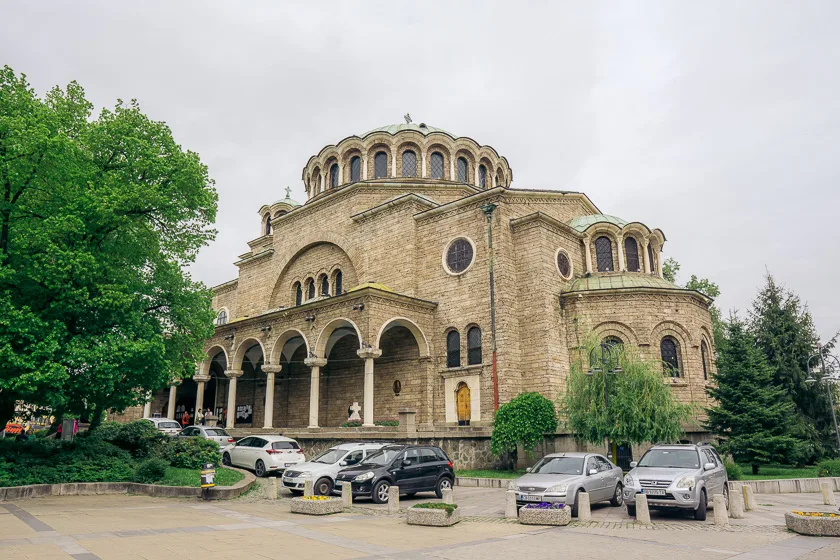
14. Stroll along Vitosha Boulevard
The main walking street, Vitosha Boulevard, stretches through the centre of Sofia. It is the central location of the city and the main tourist district where you’ll find numerous shops, restaurants and bars lining the streets.
The most popular spots have glass boxes extending out into the boulevard which are perfect for sitting and enjoying a coffee or a cocktail while you watch the crowds walk past.
15. Check Out the Earth and Man National Museum
The Earth and People Museum is one of the largest mineralogical museums in the world. If you nerd out over rocks and minerals, then you’ll be excited to see its comprehensive collection of crystals, gemstones and rocks.
The exhibition has collected rocks from all around the world (actually, also from the moon) and will be seriously impressive for anyone visiting Bulgaria. The highlight of the museum are the giant crystals that were brought here from Brazil.
The museum is open every day and costs 10 LEV to enter.
16. Stop by the Church of St. Petka
The Church of St Petka is an intriguing, little church located right next to the train station. It was uncovered during excavation for the subway, with the subway going on pause for 5 years while the archeologists worked on the church.
It is a medieval Bulgarian Orthodox Church which was set up by the Saddlers. The saddlers were an extremely important and wealthy group in Sofia during the time which is why they decided to set up their own church.
You can’t go inside but you can admire it from the outside, both in the train station and from the road above.
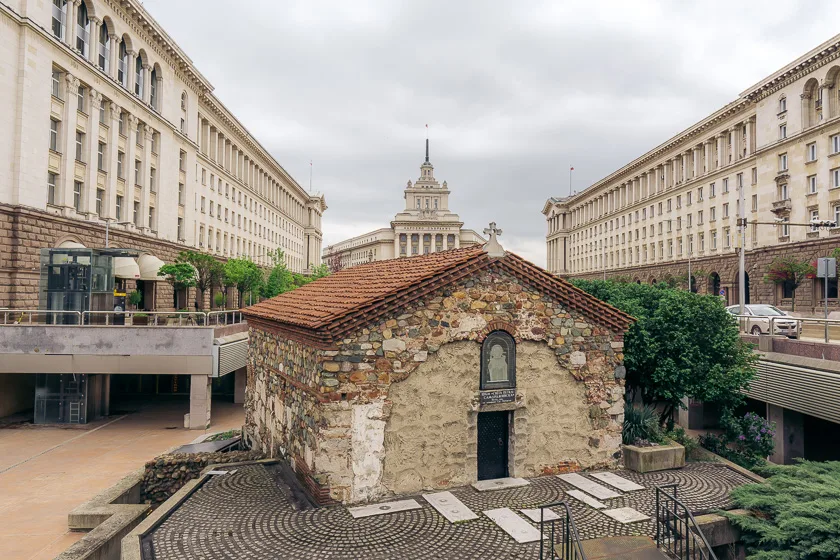
17. Admire the Ivan Vazov National Theater
During the early 20th Century Ivan Vazov was a celebrity in Sofia. He was a poet, novelist and playwright who was largely responsible for the foundation of Sofia’s culture and growth of literacy in the city.
This impressive theatre was founded in 1904, but in 1962 its name was changed to include the famous writer Ivan Vzov who was beloved by many in Sofia. We’d love to visit to watch a play one day but from the outside this is a marvellous building and the surrounding park is beautiful. It’s the perfect place for an evening stroll.
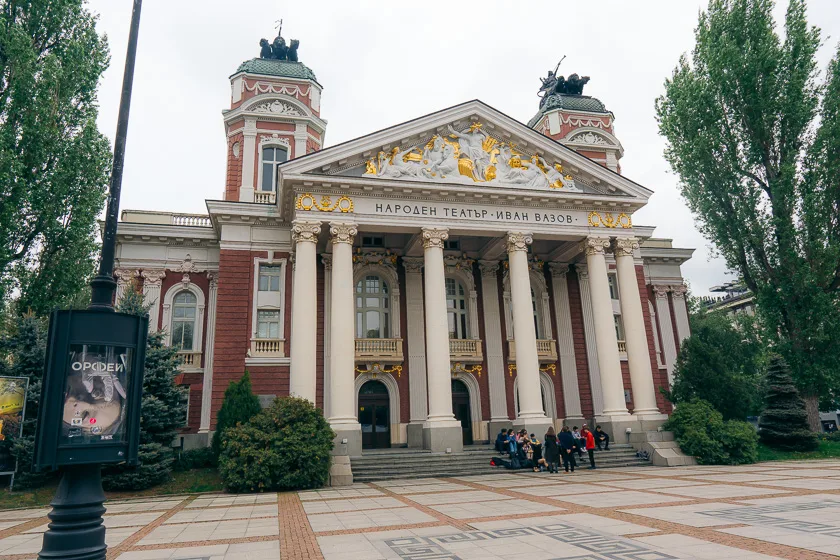
18. Walk around the Amazing Street Art
As you explore Sofia you won’t be able to miss the abundance of street art painted on walls throughout the city. From entire buildings to small, individual artworks, these are not your typical city graffiti. These are genuine works of art that transform the city into an art gallery.
We enjoyed stopping as we walked around to admire the paintings, however, there is a street art tour offered by 365 Association that I am confident would be worth checking out.
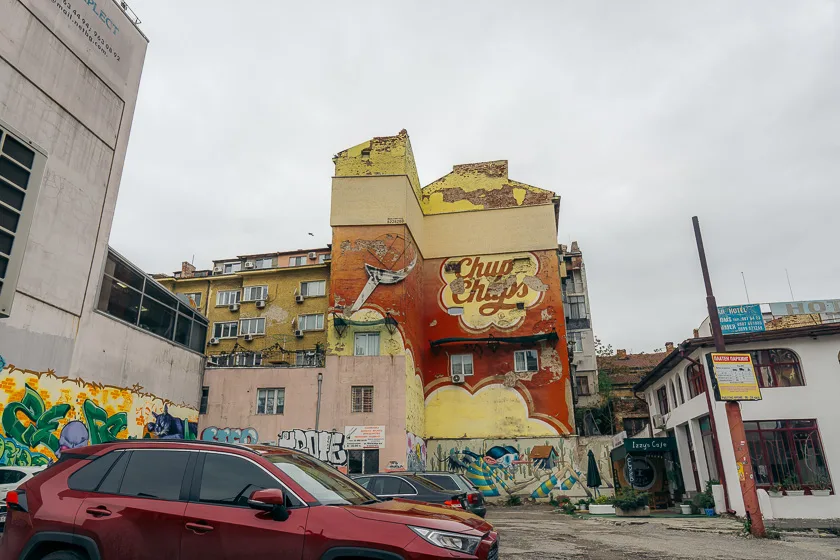
19. Learn About Bulgaria at the National Archaeological Museum
Founded in 1892, the National Archaeological Museum in Sofia is the home of thousands of artefacts documenting Bulgaria’s rich and extensive history, from Stone and Bronze Ages to today.
Artefacts range from mosaics, pottery and sculptures to artworks and national treasures.
Also of interest is the unique location of the museum, which uses the former Great Mosque, Koca Mahmut Paşa Camii, as its building to house all the artefacts. This is the oldest and largest former mosque in Bulgaria.
20. Peruse the National Art Gallery
If you love art this will be one of the best free things to do in Sofia, as it is home to over 50,000 objects ranging from painting and prints to sculptures.
The gallery is housed within the historic Ottoman Chelebi mosque and Ottoman konak which were later converted into the Royal Palace of Bulgaria.
If you’re not as excited by art as some and feel like skipping this, at least walk past as the building is certainly impressive.
Entrance to the gallery is free.
21. Visit the Church of St. Nicholas the Miracle-Maker
Where Alexander Nevsky Cathedral is undoubtedly the most impressive cathedral in Sofia, if not the entire Balkan region, St Nicholas the Miracle-Maker is a cute version with ornate interior decorations and a gorgeous exterior.
It’s worth heading inside to the exquisite paintings, however, we feel the Church of St. Nicholas the Miracle-Maker is best viewed from the outside. It is the perfect example of 17th Century Russian Orthodox design, with gold domes topped with crosses.
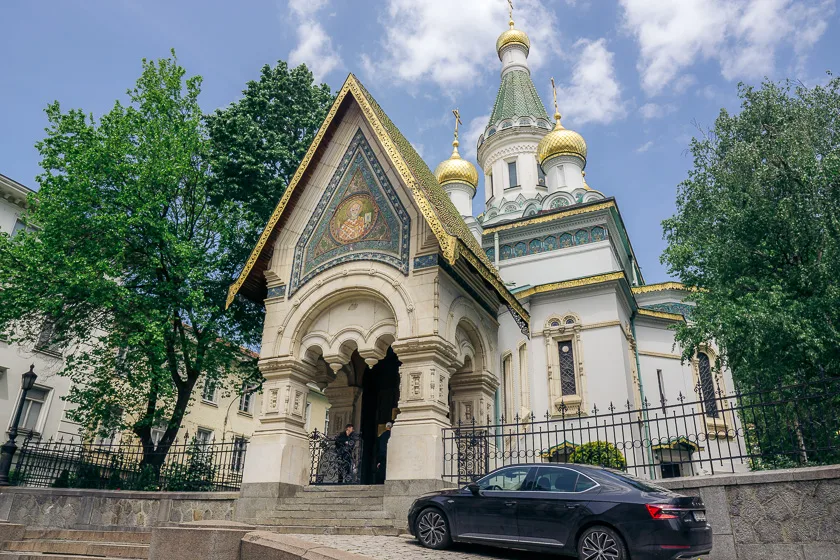
22. National History Museum
The National History Museum in Sofia is Bulgaria’s largest museum containing over 650,000 objects connected to archaeology, fine arts, history and ethnography. Although just 10% of these objects are on display, the museum is still very large and can take a while to explore.
Entrance to the National History Museum is 12 BGN. History lovers and museum-obsessed travellers should ensure it’s on their museum, but otherwise if you’re short on time there are better museums in Europe.
23. Head Inside Sofia Synagogue
The Sofia Synagogue is the largest synagogue in Southeastern Europe and one of just two in Bulgaria. The synagogue held a pivotal role in Bulgaria’s history, playing a significant part in protecting the significant Jewish population in Sofia during WW2.
Despite being an ally of Germany during the war, Bulgaria was the only one who managed to protect all of the jews living in the country, mainly due to protests by the people and the leader of the Bulgarian Orthodox Church.
The jewish population in Bulgaria has shrunk significantly with most having migrated to Israel.
Entrance is 5 LEV.
24. Try the Local Cuisine
Bulgarian food is predominantly Balkan with some interesting influences from Turkey, Greece and Russia. You’ll find kebabs and pizza all over the place, however, these aren’t particularly traditional.
Soups are a popular local dish, including fish soup, tripe soup and tarator (which is a cucumber and yoghurt soup similar to tzatziki).
Our favourite place to try the local cuisine, and for cheap, is Магданоз located here.
Where to Stay in Sofia
There are plenty of amazing places to stay in Sofia, however, we’ve provided a couple of our favourite budget options below. We’d also recommend visiting Plovdiv so we included a few recommendations for Plovdiv as well!
Sofia
Budget & Mid-Range: Hostel N1 – Rules. A LOT of rules. No drinking, quiet after 10pm, extra charges for things you’d get for free at other hostels. However, Nina was such a kind owner and the place was really great. If you’re looking for a quiet hostel where the other guests are generally all nice people, then Hostel N1 is for you. You’ll meet other travellers, but be able to sleep early.
Budget & Mid-Range: Hostel Mostel – If you’re after a bit more of a vibe then Hostel Mostel is the place for you. If not for the single fact that you’re allowed to drink at the hostel. Velin, the owner of Ginger House in Plovdiv, recommended Hostel Mostel, as did a bunch of other travellers we met in Plovdiv. It’s probably the best pick in Sofia.
Plovdiv
Budget & Mid-Range: Ginger House – We stayed here and it was one of the best places we’ve stayed. The owner, Velin, was the kindest and most helpful hostel owner we’ve ever met. The rooms are clean and basic but it’s Velin who makes this place so amazing. Stay here! The vibe was quiet but we met a lot of cool people staying here.
Budget & Mid-Range: Hostel Old Plovdiv – We didn’t stay here but we met a lot of other travellers who did. It has more of a vibe than Ginger House and is in a better location. If you’re wanting somewhere with a buzzier atmosphere then try this.
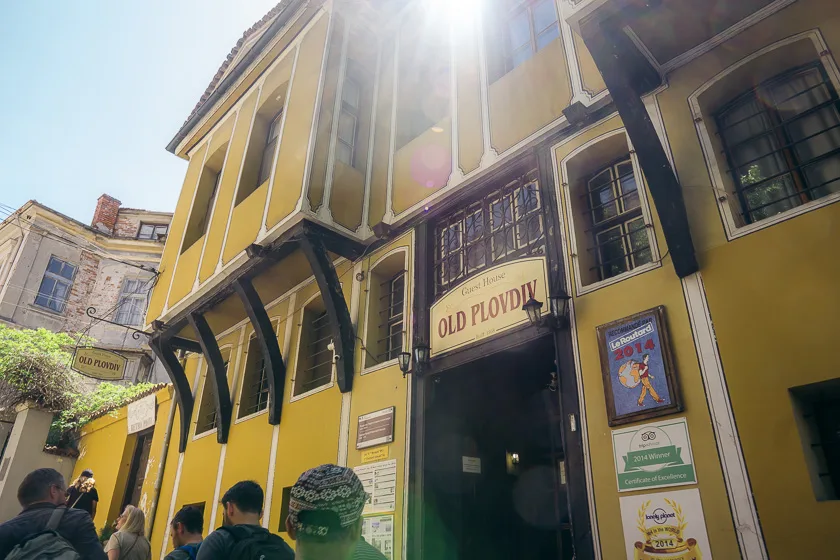
Source link
